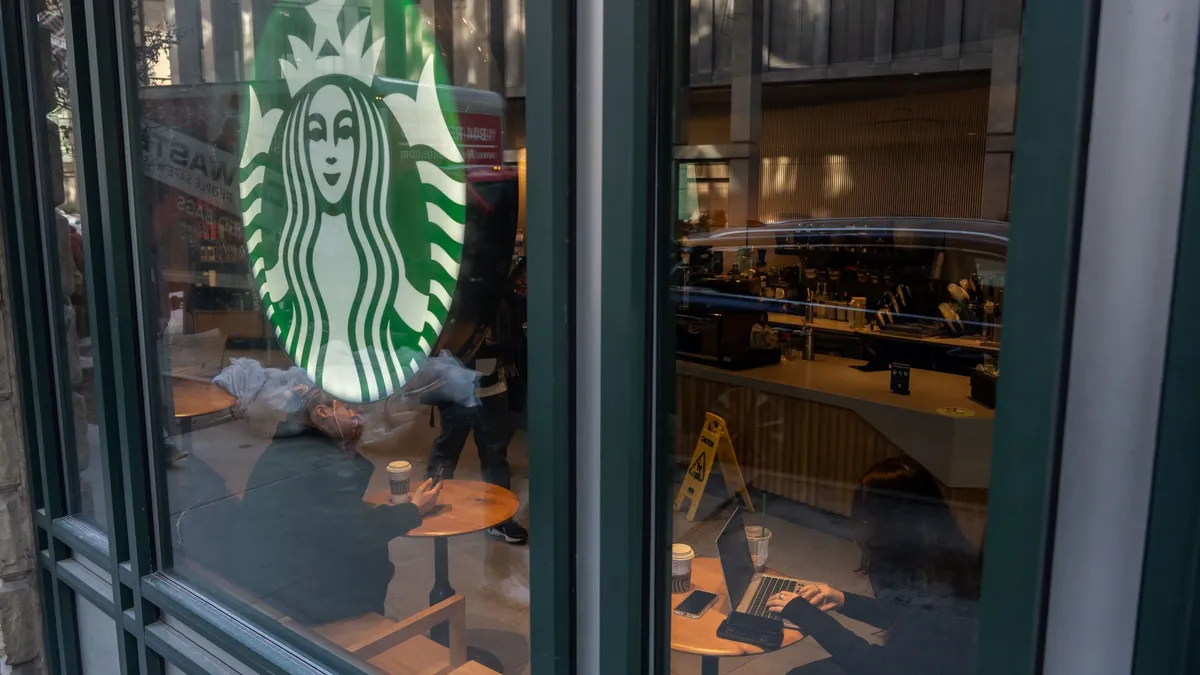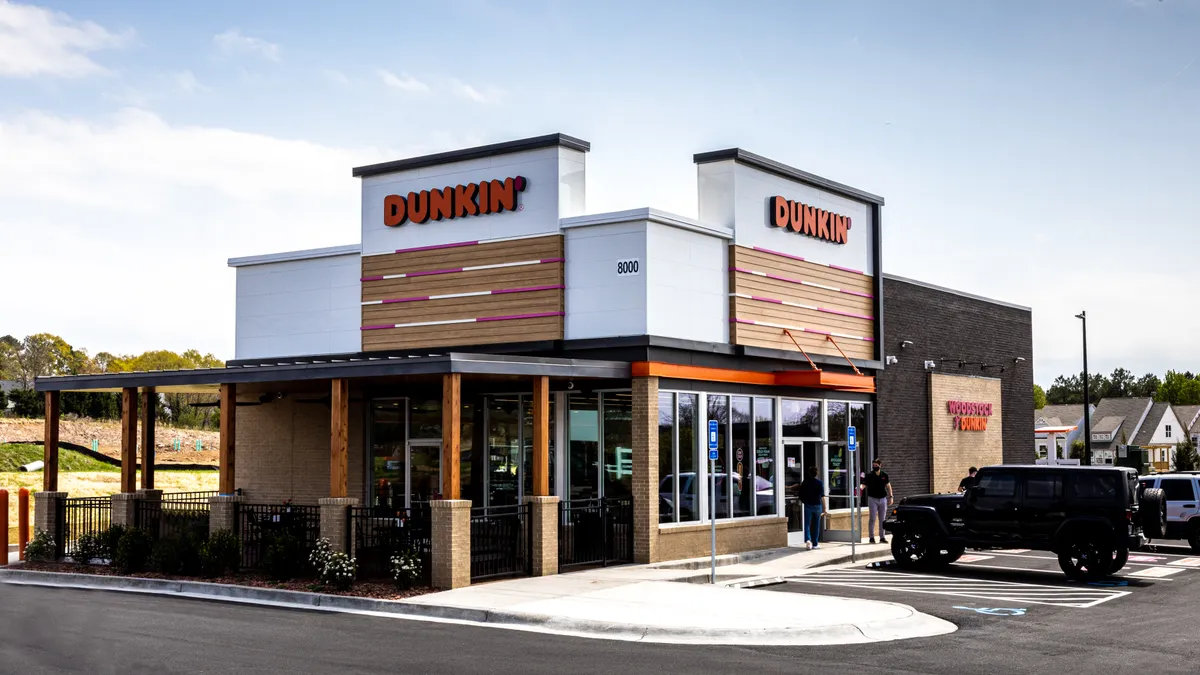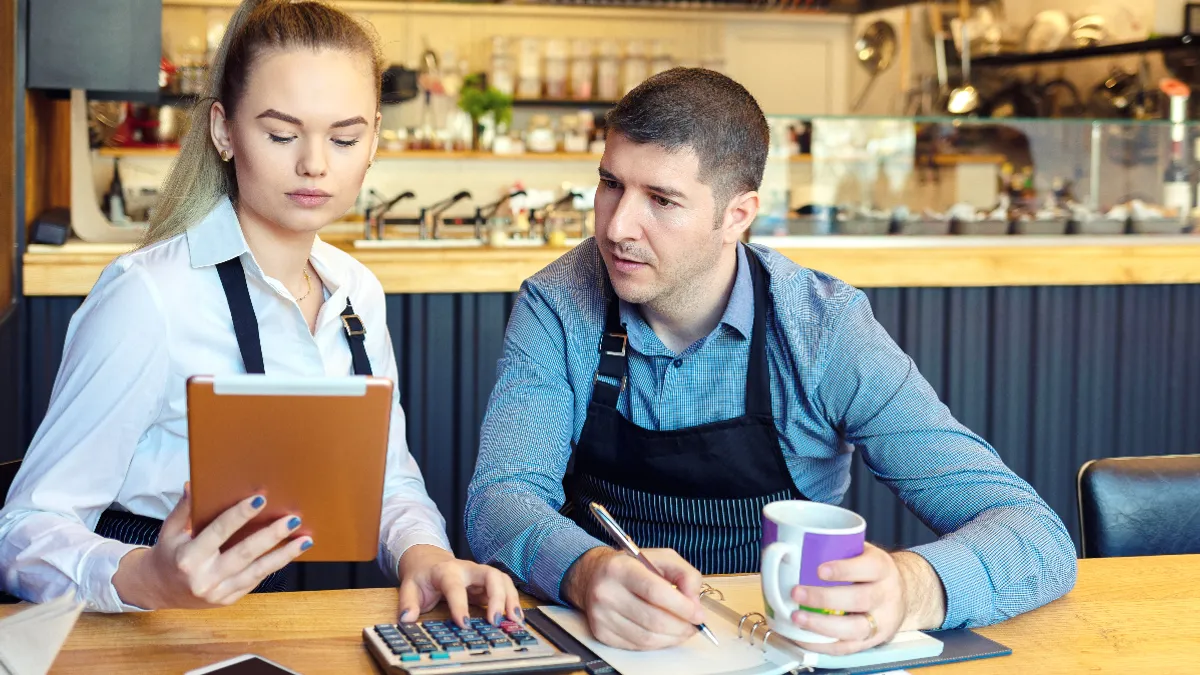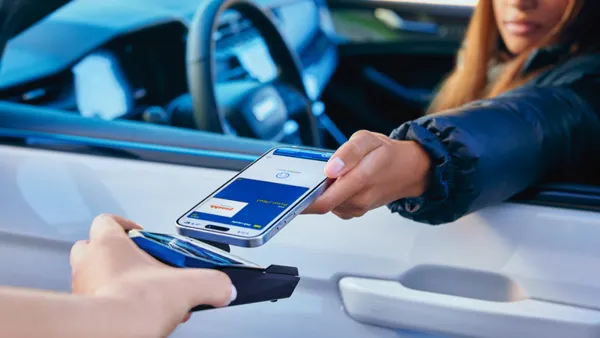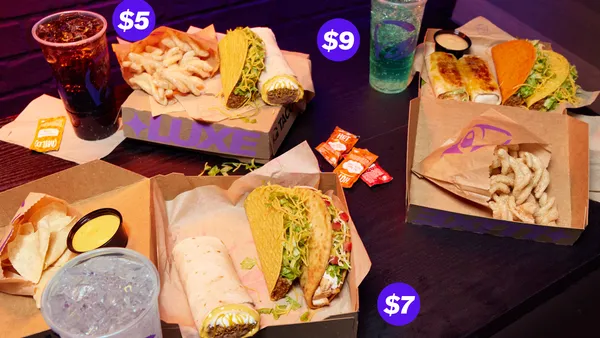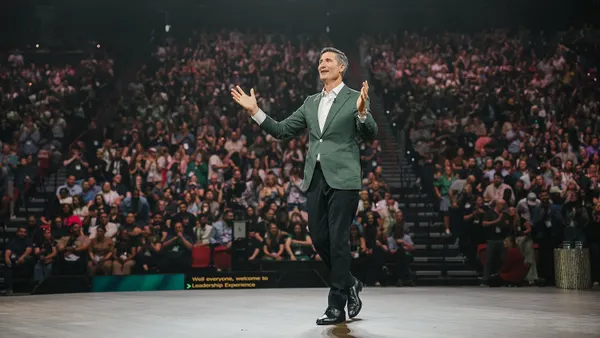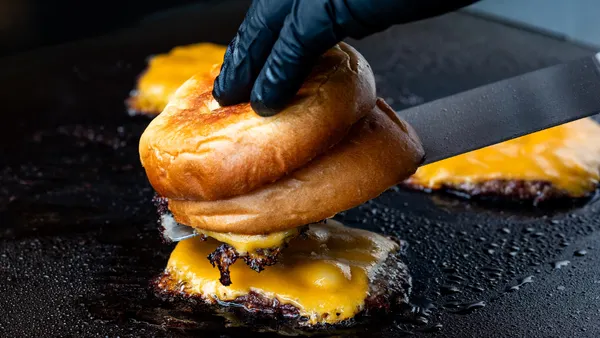Dive Brief:
- Starbucks’ U.S. same-store sales fell 2% in Q2 of fiscal 2025, its fifth consecutive quarterly decline, according to the brand’s most recent earnings release.
- That fall was driven by a 4% drop in traffic — less severe than Q1’s 8% traffic decline, but still serious — and it laps a 3% same-store sales decrease in the year-ago period.
- Other brands, including some that saw consistent sales growth throughout 2024, have seen same-store sales declines in the most recent quarter, as consumer confidence has soured significantly.
Dive Insight:
CEO Brian Niccol said the brand’s ability to preserve its same-store sales in such a strained macroeconomic moment showed the brand’s resilience.
“My optimism has turned into confidence that our 'Back to Starbucks' plan is the right strategy to turn the business around and to unlock opportunities ahead,” Niccol said.
Niccol singled out a number of potentially positive indicators on the brand’s earnings call: Canadian same-store sales are up, and the transaction decline in the U.S. has slowed. Niccol also said that consumer response to Starbucks’ coffeehouse changes has been overwhelmingly positive and that “we've seen more customers choose to sit and stay in our cafes.”
Starbucks will soon start remodeling its stores to emphasize their potential role as a third place, Niccol said, with early “uplifts” starting in New York City and Southern California later this year.
Cathy Smith, the brand’s CFO, said on the call that the brand turnaround will take a while yet, but that early indicators are positive.
“In the U.S., market share, brand sentiment and customer contact regarding wait times are all improving. We saw stabilization in our non-Starbucks Rewards member traffic, indicating our broad-based marketing campaign to reintroduce Starbucks to the world is resonating,” Smith said. The brand saw transaction recovery in the morning daypart, according to Smith.
A deep macroeconomic contraction would hurt the brand, Niccol told analysts. But he expects that the improvement to in-store experience, mobile ordering and transaction time in the drive-thru would more than offset a modest downturn, he said.



